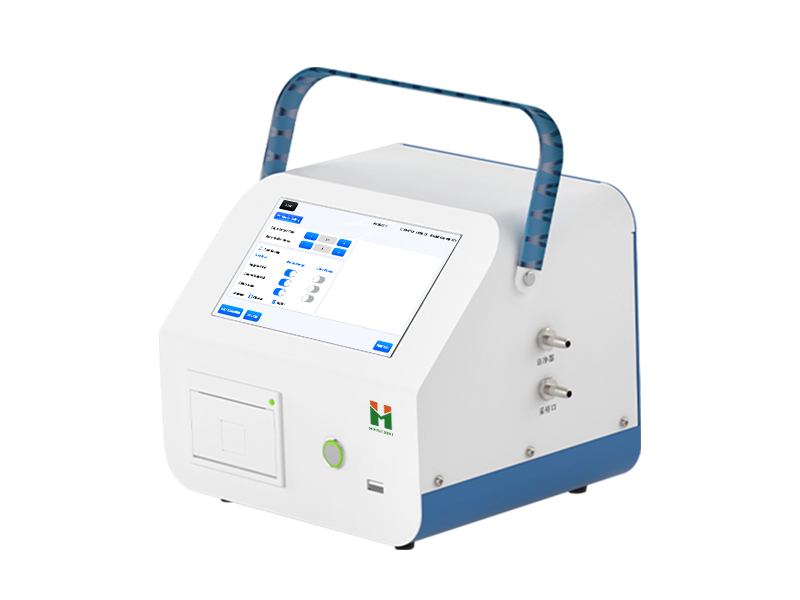What Is The Use Of A Dust Particle Counter?
Article Source: Hengmei Technology Release time:2024-09-26 13:59:03
With the rapid development of industrialization and urbanization, air
pollution has become an increasingly serious problem. To effectively monitor and
manage air quality, dust particle counters have become an important measurement
tool. This device can accurately measure the tiny particles suspended in the
air, providing important data support for environmental protection departments,
industrial enterprises, and the public.
A dust particle counter is an instrument specifically used to detect the concentration of particulate matter in the air. One sampling can simultaneously measure the number of dust particles in six particle size channels, and simultaneously display the number of particles in the six particle size channels and their changes. It usually consists of a sampling system, a sensor, a data processing unit, and a display interface. The sampling system is responsible for extracting a certain amount of air samples, the sensor detects the particles in the sample and converts them into electrical signals, the data processing unit analyzes and processes these signals, and finally provides intuitive data results to users through the display interface.

In practical applications, dust particle counters have shown unique advantages. For example, in environmental monitoring, it can be quickly deployed to key locations to monitor air quality changes in real-time and provide timely and accurate information for environmental protection. In addition, it is also widely used in industrial production, medical and health care, scientific research and experiments, and other fields, providing a scientific basis for the healthy development of related industries.
In addition to its application in production and processing, dust particle counters can also be used for market supervision. Regulatory authorities can use this equipment to conduct random inspections of air purification products sold on the market to ensure that they meet national air quality standards. This provides consumers an extra layer of protection and enhances their trust in air quality management.
With the advancement of technology, modern dust particle counters have more advanced functions. For example, the instrument has an audit tracking function, which is queryable, traceable, and controllable, and complies with FDA 21CFR PART11 specifications; supports wifi and Bluetooth transmission, and data can be uploaded wirelessly; supports USB flash drive copying of data, free of drive plug-in and unplugging; configures a supervision platform, and the test results can be directly wirelessly transmitted to the platform for long-term and short-term cleanliness analysis and auxiliary management; built-in a new generation of high-speed thermal printer, you can select the particle size channel to be printed, and flexibly print the results.
In general, the dust particle counter is a powerful tool that greatly promotes air quality monitoring from indoors to outdoors. With the continuous advancement of technology, we believe that dust particle counters will play a more important role in air quality management and environmental protection in the future.
Address of this article:https://www.kjhm.net/news/669.html
 Related News
Related News
-
21 / 2025-11
Rice Heavy Metal Detector ( HM-FZ1) Product Knowledge Graph White Paper
Learn more
-
29 / 2025-09
Triple Advantages of Rice Freshness Testers:Efficiency, Accuracy, Convenience
Learn more
-
11 / 2024-05
Pesticide Residue Detector: An Important Tool For Safeguarding Food Safety.
Learn more
-
11 / 2024-05
Multi Parameter Water Quality Detector Ensures Water Quality Safety.
Learn more



 Current
Location:
Current
Location:





